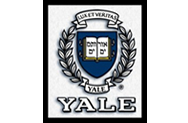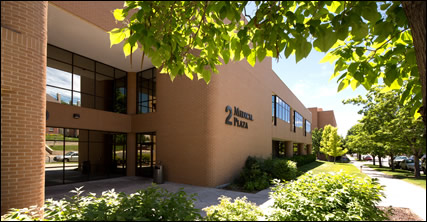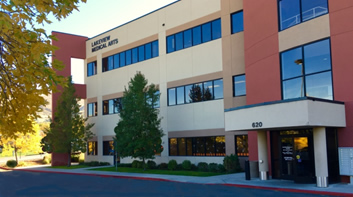Nasal Deformities
The best way to prevent post-trau- matic facial deformities is to obtain the appropriate treatment at the time of the injury. Applying the latest cranio- facial techniques can in many cases make major secondary revisions unnecessary. However, despite the many advances that have come from the field of craniofacial surgery, there are still patients that end up with sig- nificant deformities. These are patients that for whatever reason are treated inadequately or because of life- threatening other injuries, do not receive any treatment of their facial injuries.
Unrepaired or inadequately reduced facial fractures can result in a wide range of severe cosmet- ic and functional deformities. Unrepaired fractures around the orbits can cause a sunken-in appearance of the eyes, nasal deformities, as well as functional problems with vision (double vision). Unrepaired injuries of the middle and lower face can cause contour deformities, flattening of the cheeks, or malocclusion of the teeth with difficulty chewing. These are but a few of the many problems associated with post- traumatic facial deformities.
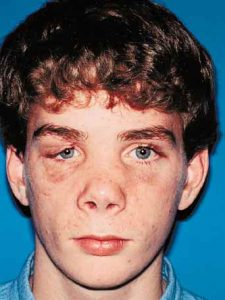
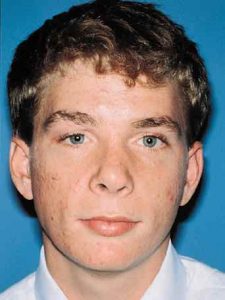
Late repair or reconstruction after the soft tissue and bones have healed is much more difficult than repair at the time of initial injury. Reconstruction requires wide exposure which enables the surgeon to have direct visualization of the bony defor- mities. Bone cuts are then made to reposition the displaced bone and reattach the soft tissue back into its normal position. Missing or severely deformed bone may require replacement with bone grafts. These operative proce- dures all use the standard tech- niques of craniofacial surgery.










